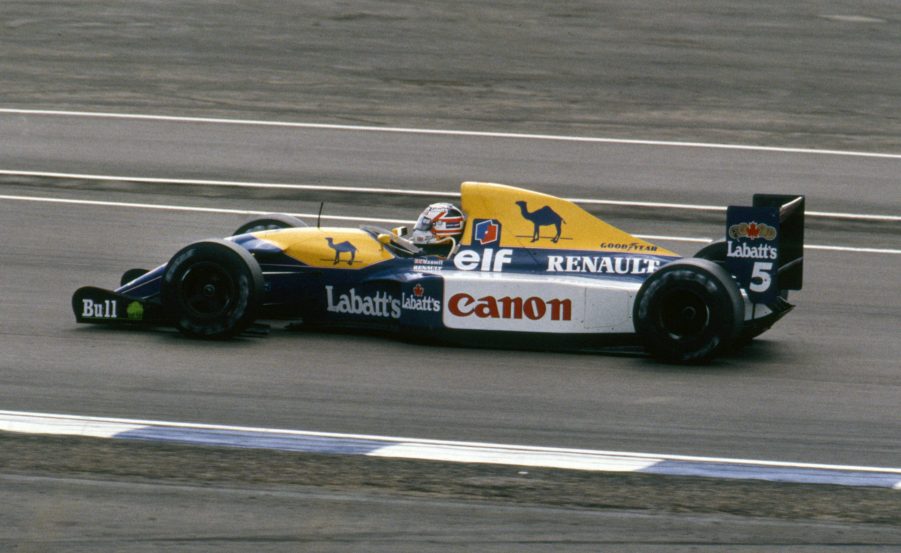
Why We Don’t Use CVTs in Performance Vehicles?
CVTs have been dividing car enthusiasts and creating controversy for years. Some love the shiftless transmission for its energy efficiency. Others bemoan the way it disconnects drivers from the experience of shifting gears themselves. Others still aren’t impressed with CVT limitations. Why can’t CVTs handle torque like other transmissions?

RELATED: The Weird Nissan CVT That Busts Torque Limitations
A quick glance at how CVTs work
A little familiarity with the CVT is necessary to understand its torque limitations. The CVT uses several methods of operation to achieve a smooth transition through all gear ratios. Each iteration uses variable slopes to ramp up and down the ratios.
Most common CVTs use a pair of variable diameter pulleys to run a V-belt or a chain up and down this diameter. Increasing the pulleys’ spread causes the belt or chain to change where on that slope it rides. This design effectively gives the transmission access to every ratio in its range.
The formula 1 car that pushed the limits
RELATED: Leonardo di Vincci Invented the CVT Over 500 Years Ago
In 1993 the Williams F1 built a car with a CVT. This continuously variable transmission handled 850 hp in test runs. Video footage of the Williams FW15c CVT is immediately striking. The sound of an F1 acceleration to maximum RPMs without shifting is surreal.
The Williams team quickly discovered the problem with pushing that kind of torque through a CVT. The best engineers on the project couldn’t make belts that would withstand the force for any amount of time. The CVT reportedly shaved seconds off the car’s lap time, but it couldn’t be used in practical applications.
Why production-ready CVTs can’t handle high torque

RELATED: Why do CVT Transmissions Simulate Shifts?
CVTs are limited by the strength of the belts and chains that power them. The belts of the CVT are a steel-reinforced V-belt or a steel chain. Both applications are low torque because the transfer of rotation is indirect.
The tension held between the two pulleys drives the transmission. Akin to how your serpentine belt works. It all comes down to the lack of physical connection. Gears in typical transmissions can bite and transfer power between points quickly with no slip.
How much torque can a CVT reliably handle?
There is no specific limit at which a CVT will fail. Many WRX drivers can attest that CVTs have been put through their paces and come out on top. CVT transmissions can easily handle everyday street cars’ rigors, but a fully CVT performance vehicle isn’t on the horizon.
Subaru is the exception to the rule
Subarus’ LINEARTRONIC CVT is something they are very proud of. It has been engineered to work specifically with their DIT engine platform. The chain belt has been built with the smallest pulley diameter in mind giving the CVT a much higher range of ratios.
Mating the DIT and the LINEARTRONIC CVT gives this setup a more linear acceleration feel than other CVTs. I most cases, the engine speed of a CVT system increases much faster than the actual vehicle speed.


